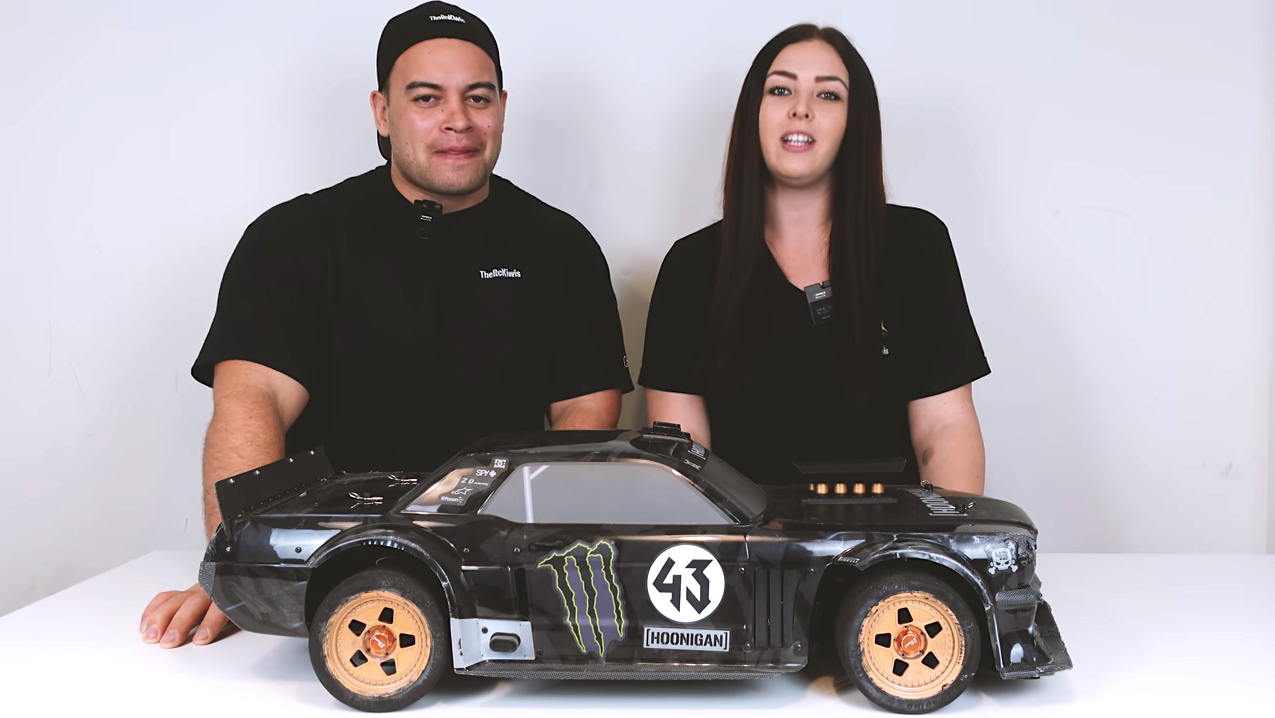HSS Conducts an ESC Fire Investigation to Solve a ZD Racing EX07 RC Car Failure
The culprit is a 150A Brushless ESC Part, SKU 6721365
It all started when the Hong Kong-based RC racing team, the RC Kiwis, experienced an ESC fire when pushing their ZD Racing EX07 over 100KPM. You can watch the RC Kiwis, their cars, and the ESC fire scenario here. The engineers at HSS (all RC enthusiasts) had a hunch about the cause. So we reached out to the manufacturer to offer to help diagnose the problem.
The Investigation Steps
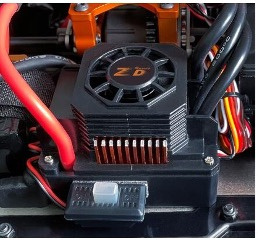 | Analyzing the video, we noted that the fire originated in the corner where the RED lead (input + ) is located. We removed the plastic housing to inspect the RED lead area. |
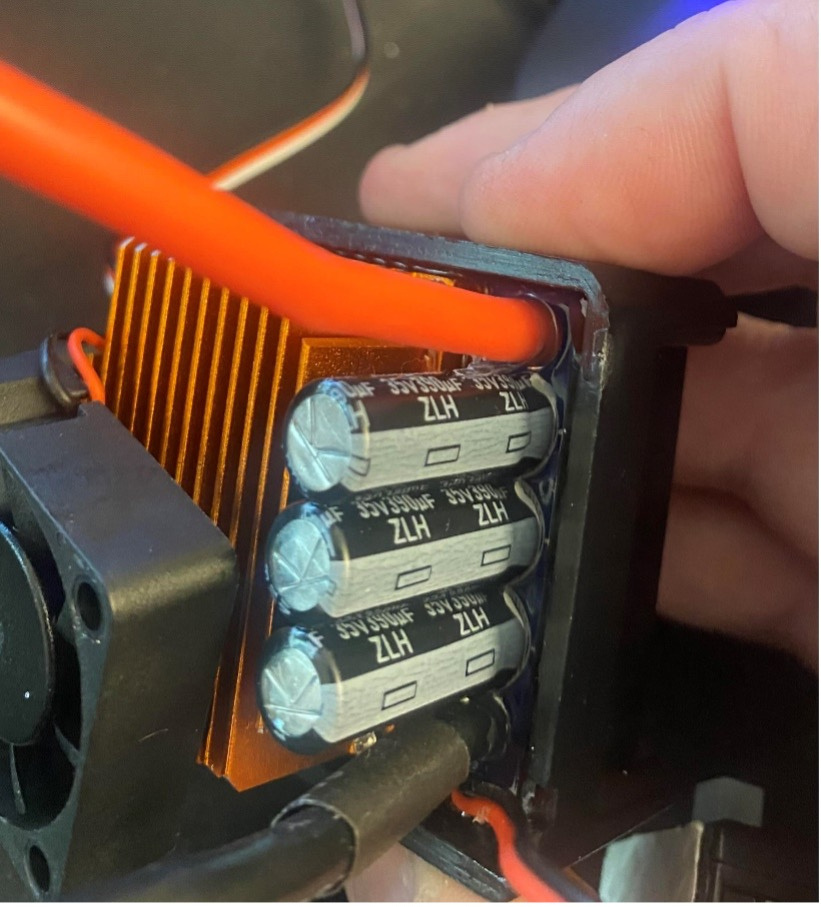 | We revealed the input CAPs and found them to be Rubycon ZLH series 390uF rated for 35V. These are fairly common within RC ESC applications. |
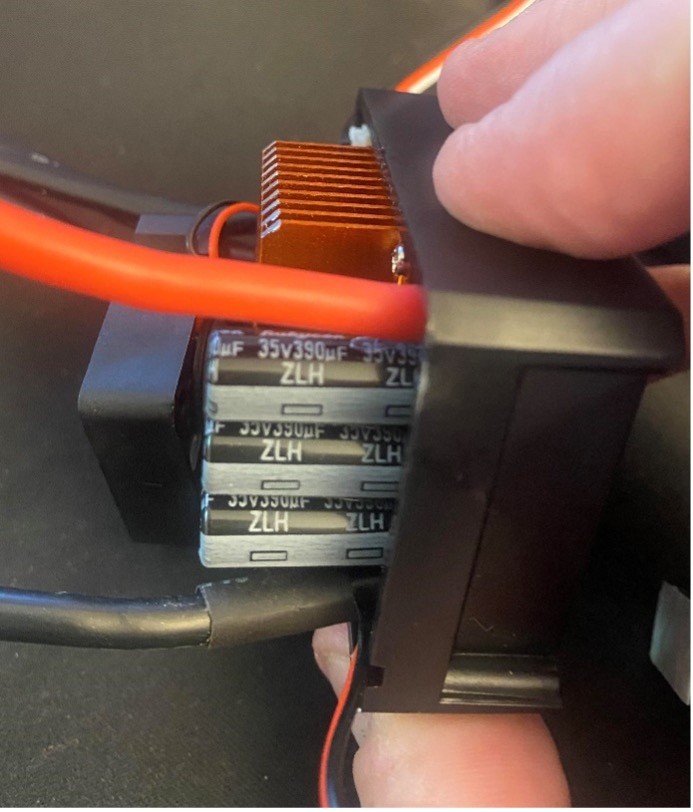 | This immediately became our primary suspect and now we have two working theories: 1. High AMP usage exceeded the thermal rating of the CAP and caused damage to the internal layers. The damage created a short between POSITIVE and NEGATIVE CAP LEADS. This short caused heat and fire. 2. High AMP usage caused a high ripple current exceeding the cap rating. This resulted in CAP the destruction that caused a short, leading to heat and the ESC fire. |
It’s worth noting the extremely low safety margin in the CAP max voltage rating versus max input rating for the ESC- 25V (6s lipo) versus 35V max CAP rated voltage 1.4X safety margin.
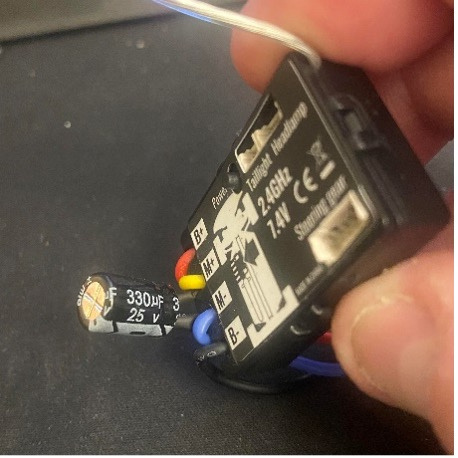 | Here’s an example from UDI 1601 ESC, rated for 2S lipo (8.4V) and has a 25V input CAP (3X safety margin). |
Working Theory 1
Looking at the CAP’s impedance (0.029ohm), and assuming 150A usage, this will generate 4.35watt. However, because we have three of these caps in parallel, this will generate 1.5W of heat. This is enough to cause thermal failure in the CAP.
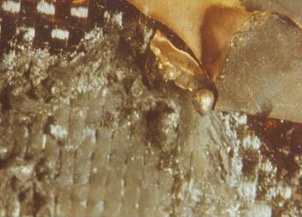 | Typical PCB damage due to failed CAP. |
 | Typical damage inside the CAP. |
Source: Thermal Stress on Capacitors: Failure Prevention
Working Theory 2
The max ripple current allowed is 1500mA. However, because an RC ESC is very low frequency, the allowed ripple is only 0.55*1500 = 825mA. At 150A a few quick large throttle changes can cause 3 times that ripple value. For instance, when doing multiple full-throttle—full brake—full-throttle applications. This can have a substantial ripple current through the CAP.
Potential Solutions
- These can be solved from a design perspective by selecting a higher voltage cap (higher voltage safety margin), higher ripple current capability, and better thermal handling.
- Another option is to add more of the same CAPs to reduce each CAP stress/load.
- The most practical solution for a user is to mitigate the risk of CAP failure by adding an external CAP pack.
Findings
In conclusion, based on our findings, we recommend the following to reduce ESC fire risk:
- We recommend lower current applications (I.E with lower C rating battery) or MAX 5S lipo if using the ESC ‘as is’ out of the box.
- It is estimated that using a 6S application without a CAP pack will result in CAP failure. Therefore, it’s only a matter of time, battery cycles, external temperature, and user behavior (throttle/brake application) until a 6S application fails.
Ofer Maltiel
Principal Engineer, Hudson Street Solutions
At Hudson Street Solutions (HSS), we offer more than leading-edge cloud solutions for product development. We are also experts in collaborative design and workflow that help make engineering teams more agile, and more effective in their iterative design process. Visit our products and services pages to learn more about how HSS can help your team.

